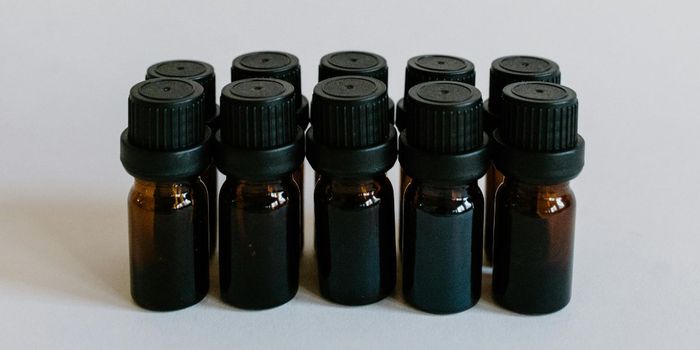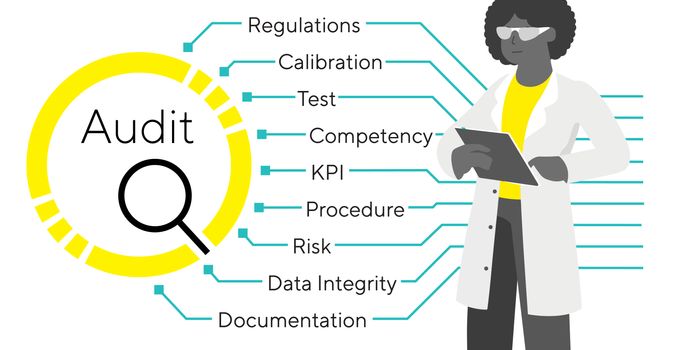Cell lines are a critical part of biomedical research, used in many fields and manipulated in seemingly endless ways. They are immortalized, and basically can be cultured such that they will reproduce endlessly. In recent years, it’s come to the attention of researchers that many widely distributed and utilized lines are no longer like the original source of cells. To what extent can we trust results obtained from cell lines that do not resemble the source, and how well characterized was that source to begin with? These are becoming questions of critical importance to research at large. For more about cell line authentication, the video below has a primer, in which John Masters, Professor of Experimental Pathology, University College London emphasizes its importance.
A new paper published in
Science Translational Medicine and led by Bengt Westermark has attempted to tackle these questions with regard to a very common and widely used cell line in cancer research, specifically one called U87MG. A special feature of this paper is that the team responsible for the work is performing it in the same laboratory that developed the line nearly 50 years ago, in 1968. The authors noted that this particular line has been utilized in about 200 studies that were published just in 2015, likely making it one of the most popular cell lines ever created.
What the researchers learned is a little distressing, especially for laboratories that work with the line, but maybe not an unmitigated disaster. Using the same kind of DNA fingerprinting used in forensic analysis, the investigators found that the line is still very likely representative of human glioblastomas, as was the source, based on a comparison of the genetic signature of U87MG to cancer cell lines. However, the genetic profile of the cells is different from what it was originally.
That forensic analysis is based on short tandem repeats, or STRs that tend to vary widely. That individuality means they make for very good identifiers. An explanation of that process is seen in the video below. In this work, the research team fond that twelve of fourteen STR markers were different when comparing the U87MG to its first source. The team suggests this could be due to contamination or some kind of mix-up.
The researchers suggest that to avoid these issues, not only is cell line authentication important, but scientists should move to glioma cell lines that have been verified and propagated in the ideal conditions that maintain their characteristics. Some cell lines are altered by the conditions in which they are grown, as is the case for gliomas. The investigators advocate for avoiding more ubiquitous and old cell lines that have been widely used and distributed over many years.
Many research journals including Nature publications, aware of this problem, have begun to require cell line authentication as part of the peer-review process. It's even become a commonly available service. Here, however, the researchers emphasize that such identification is only worthwhile if the origin of the line was well characterized. They posit that the cell line must be corroborated by a DNA profile that verifies that the cells match the tissue they intend to represent.
Sources:
Science Translational Medicine,
AAAS/Eurekalert!








